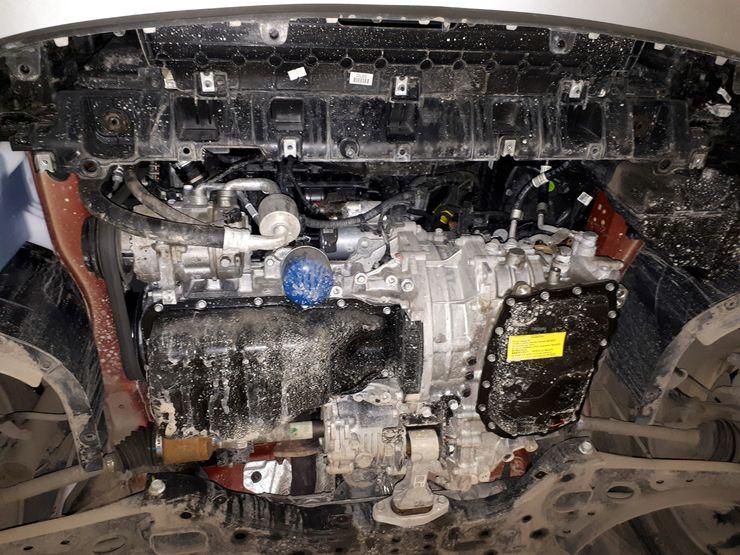
Why not all cars can be equipped with steel engine protection
Installing reliable engine compartment protection is a useful thing, and for absolutely all cars, from small cars to large full-size crossovers. However, you should not approach this process irresponsibly. The consequences, according to the experts of the AvtoVzglyad portal, can be very unpleasant and even fatal for the car.
Let's start with the simplest problems that an owner may have when installing crankcase protection. There are many cars on the Russian market that are already sold with protection installed at the factory. She, as a rule, is good, steel. Able to withstand heavy impact and protect engine and gearbox pans from damage. Popular crossovers Renault Duster and Kaptur have similar "shields". Let's take a closer look at the last one.
The Capturs have a characteristic problem. Over time, the mounting bolts of the steel engine protection become attached. So much so that when you try to unscrew them, they often break off. This has become a headache for many owners, so do not forget to regularly lubricate the fasteners so that you do not have to suffer later with removing the “shield” and installing special screw rivets.
When choosing protection, you do not need to save and choose the first one that comes across. After all, this can violate the temperature regime under the hood of the car. Immediately, of course, the motor will not overheat, but you put a steel “shield” not for a week, but for years of operation of the machine. For example, on many Honda models, the Japanese do not recommend installing protection at all. And on a number of models, only if it has ventilation holes.

It is believed that the steel sheet adds "extra" 2-3 degrees to the temperature regime under the hood. This is not much, and a quick overheating of the motor, especially in winter, is impossible. Therefore, you need to look at the engine itself. If it is atmospheric, there will hardly be any problems. But if a low-volume supercharged one, plus its cooling system is clogged with dirt, then the already loaded unit will have a hard time, especially in summer. That's when the "extra" 2-3 degrees will accelerate the wear of the oil, both in the engine and in the gearbox. After all, the lubricant will work at the limit of its properties. Hence the more frequent replacement of consumables.
Finally, there are many vehicles that, due to the design of the subframe, simply cannot be fitted with steel protection. Therefore, it is easier to leave a thin plastic boot, which is mounted on caps and be careful on the road. If you still decide to install, then you can make mistakes. For example, fix the front part of the steel protection behind the plastic frame of the radiator. In appearance, it is strong, but such a decision can threaten with serious repairs. After all, with a strong impact, the steel sheet is deformed and breaks off the fragile plastic, at the same time, turning out all the fasteners with the “meat”.

